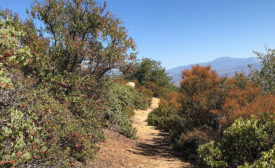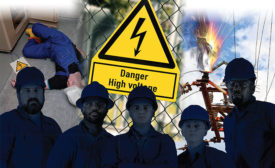Articles by Dave Johnson
Digital Edition Exclusive
A Personal Story of Human Errors
Remember: You can’t change the human condition
October 2, 2019
NFPA 70E’s focus on preventing human error
All about human performance, error precursors & risk
October 1, 2019
Editor's Note
OSHA – the good, the bad, the future
“Our Savior Has Arrived” once said safety pros. That was long ago.
October 1, 2019
Machine guarding: Compliance problems continue
OSHA’s standard is frequently violated
September 30, 2019
A personal story of human errors
Remember: You can’t change the human condition
September 23, 2019
Become a Leader in Safety Culture
Build your knowledge with ISHN, covering key safety, health and industrial hygiene news, products, and trends.
JOIN TODAYCopyright ©2025. All Rights Reserved BNP Media.
Design, CMS, Hosting & Web Development :: ePublishing










